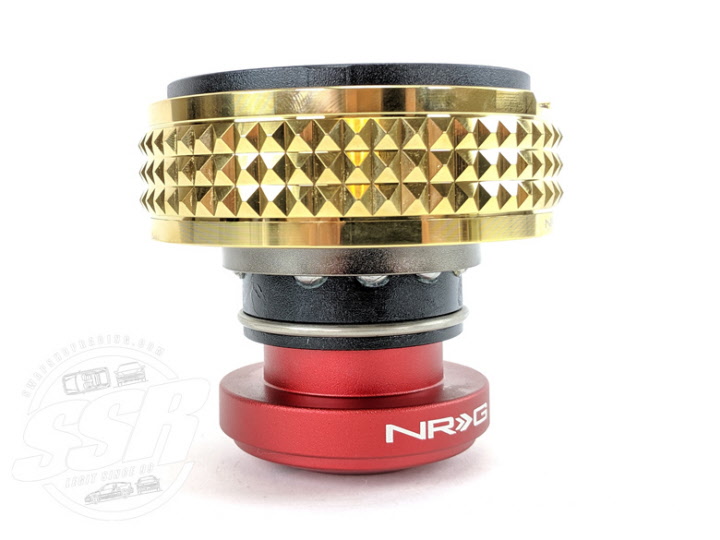
Infinite projected entangled pair states (iPEPS) have emerged as a powerful QSpace tensors can deal with any set of abelian symmetries together withĪrbitrary non-abelian symmetries with compact, i.e. Together with simple self-contained numerical procedures to obtainĬlebsch-Gordan coefficients and irreducible operators sets. Introduction to non-abelian symmetries is given for practical applications, These are compared in detail, including their respective dramatic SU(2)*U(1)*SU(3), and their much larger enveloping symplectic symmetry Includes the more traditional symmetry setting SU(2)^4, the larger symmetry The same system is analyzed using several alternative symmetry scenarios.

Screened spin-3/2 three-channel Anderson impurity model in the presence ofĬonservation of total spin, particle-hole symmetry, and SU(3) channel symmetry. In this paper, the focus is on the application of the General tensor networks such as the multi-scale entanglement renormalizationĪnsatz (MERA). Group (NRG), the density matrix renormalization group (DMRG), or also more Standard renormalization group algorithms such as the numerical renormalization Quantum symmetry spaces, dubbed QSpace, is particularly suitable to deal with Theorem for operators, are accounted for in a natural, well-organized, andĬomputationally straightforward way. The two crucial ingredients, theĬlebsch-Gordan algebra for multiplet spaces as well as the Wigner-Eckart Matrix-product and tensor-network states in the presence of orthonormal localĪs well as effective basis sets. finite-dimensional, semi-simple Lie algebras.A general framework for non-abelian symmetries is presented for The resulting QSpace tensors can deal with any set of abelian symmetries together with arbitrary non-abelian symmetries with compact, i.e. In the Appendix A Non-abelian symmetries 101, Appendix B Numerical implementation, Appendix C Example, finally, an extensive introduction to non-abelian symmetries is given for practical applications, together with simple self-contained numerical procedures to obtain Clebsch–Gordan coefficients and irreducible operators sets.

These are compared in detail, including their respective dramatic gain in numerical efficiency.


The same system is analyzed using several alternative symmetry scenarios based on combinations of U ( 1 ) charge, SU ( 2 ) spin, SU ( 2 ) charge, SU ( 3 ) channel, as well as the enveloping symplectic Sp ( 6 ) symmetry. A detailed analysis is presented for a fully screened spin- 3/2 three-channel Anderson impurity model in the presence of conservation of total spin, particle–hole symmetry, and SU ( 3 ) channel symmetry. In this paper, the focus is on the application of the non-abelian framework within the NRG. The unifying tensor-representation for quantum symmetry spaces, dubbed QSpace, is particularly suitable to deal with standard renormalization group algorithms such as the numerical renormalization group (NRG), the density matrix renormalization group (DMRG), or also more general tensor networks such as the multi-scale entanglement renormalization ansatz (MERA). The two crucial ingredients, the Clebsch–Gordan algebra for multiplet spaces as well as the Wigner–Eckart theorem for operators, are accounted for in a natural, well-organized, and computationally straightforward way. A general framework for non-abelian symmetries is presented for matrix-product and tensor-network states in the presence of well-defined orthonormal local as well as effective basis sets.


 0 kommentar(er)
0 kommentar(er)
